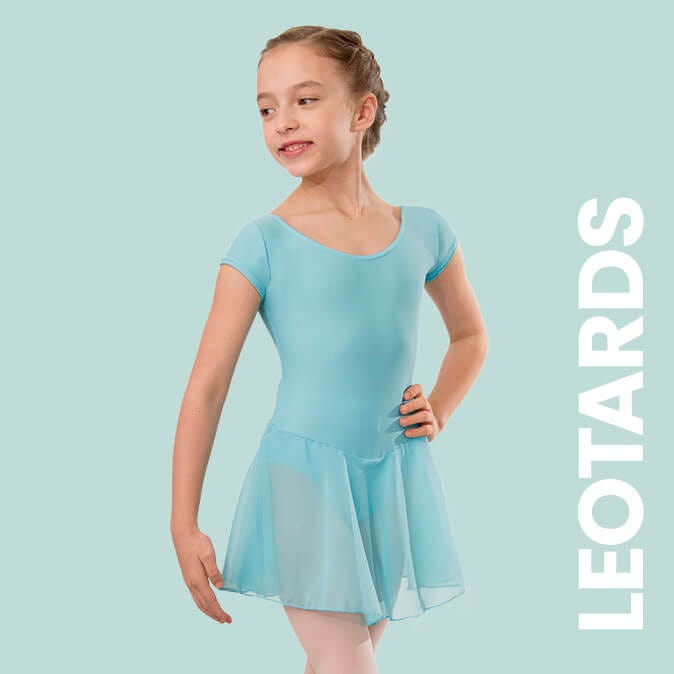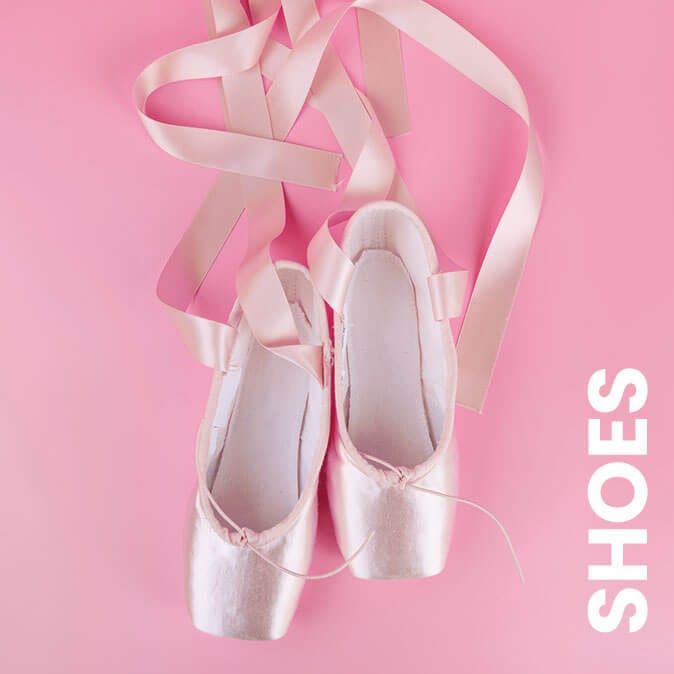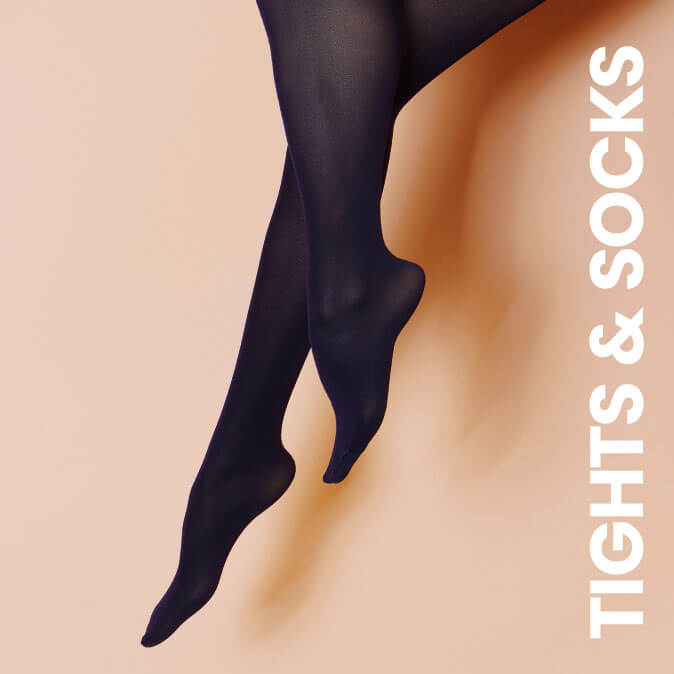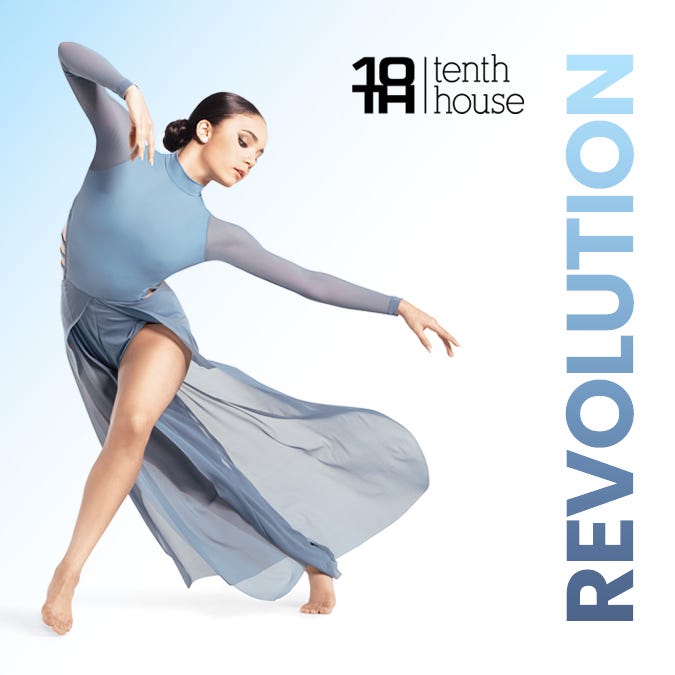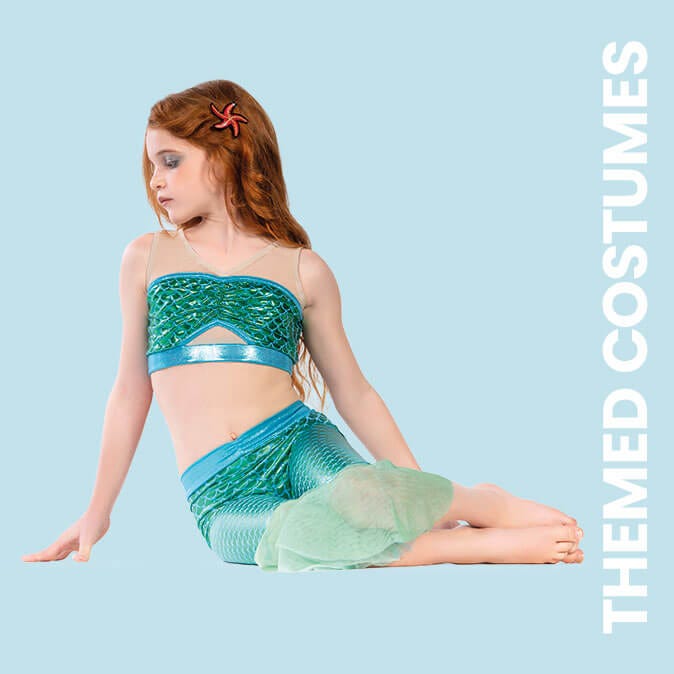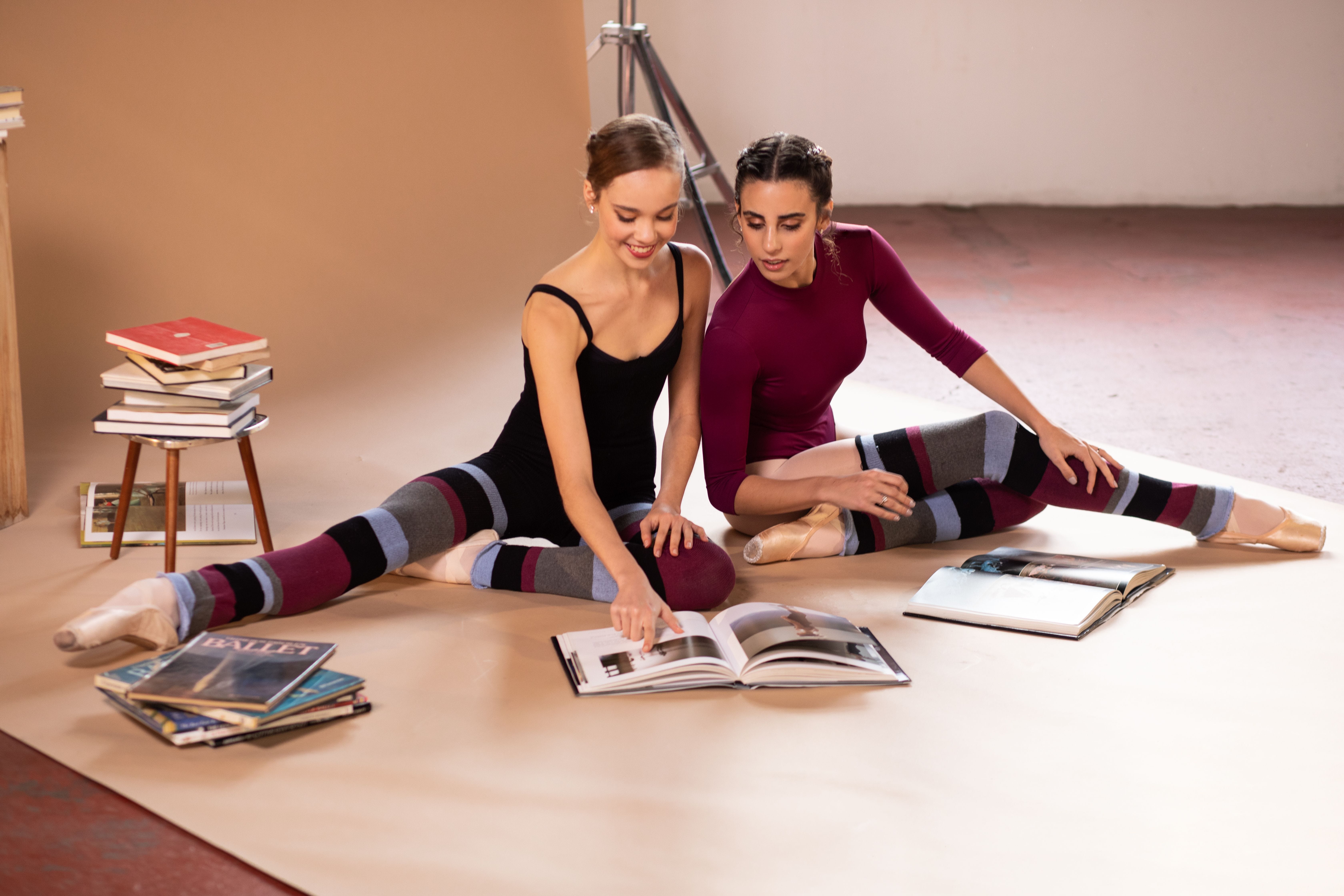Out with the Old?


As the world of theatre, dance and performance begins to return to a semblance of normality, as with every other part of the world we can ask, ‘which parts of normal should we be returning to?’ There has been some conversations about traditional ballets recently, being condemned for containing offensive, old-fashioned stereotypes. Should we get rid of them altogether? Or is there a place in dancers’ education and company repertoire for a variety of performances?
Some strong opinions from either side of the coin may either call for these ballets to be pulled from repertoires, or for them to stride boldly on regardless of today’s cultural, historical and social standpoints. Some may even argue that including such ballets is promoting appropriation of traditions, elements and concepts of entire communities and histories, even ridiculing them inappropriately.
This is without considering the thought processes and actions behind selecting such a repertoire for a company, such as La Bayadere or particular elements of The Nutcracker or Le Corsaire. We assume that ballet companies are respectful and diligent with works through research and adaptation, made and performed with love, and with huge attention to detail to the characters, places and times. Months or even years can go into focusing on minute details of a performance, with a number of experts from many different angles working on it as a team.
To this end, perhaps for today ballets and performances of this nature should both be a nod to reflecting the past as a teaching tool for the future of dance, but also for breathing new life into historic works, as to how they can still be relevant to today’s audiences. It is of course a fine and difficult balance. For these ballet staples, their legacy can then live on in many ways: both with the inclusion of history and original elements in these classics, and a look towards the future which is appropriate and respectful to traditions.

